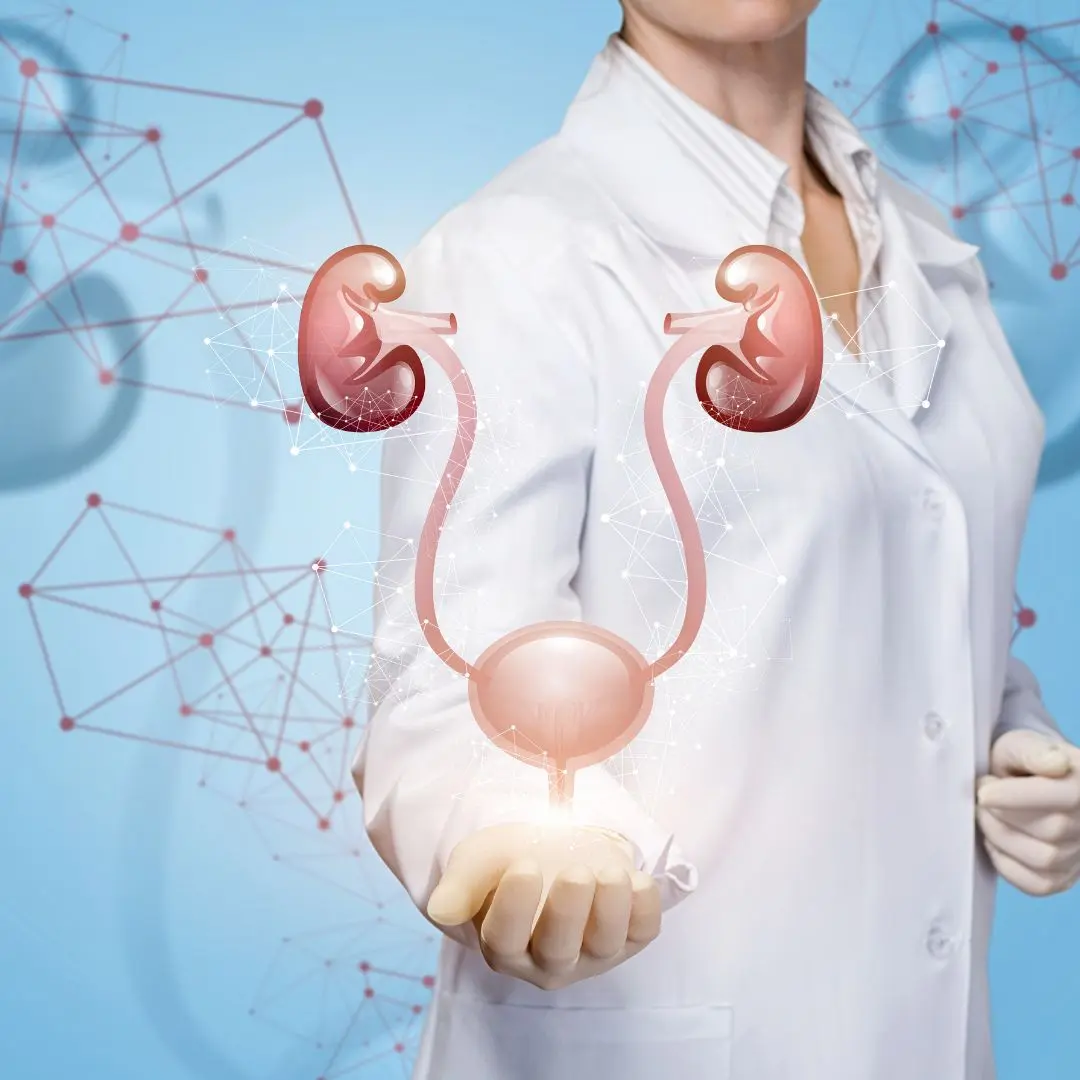The trigone of the bladder is a crucial anatomical region that plays a significant role in urinary function and health.

Blog
Understanding the Trigone of Bladder: Comprehensive Guide
The trigone of the bladder is a crucial anatomical region that plays a significant role in urinary function and health. In this comprehensive guide, we will explore the structure, function, and clinical relevance of the trigone of the bladder, shedding light on its importance in maintaining urinary continence and overall well-being.
The trigone of the bladder is a triangular area located at the base of the urinary bladder. It is defined by three distinct landmarks: the two ureteric orifices and the internal urethral orifice. These structures form the vertices of the trigone, with the internal urethral orifice positioned at its apex. The trigone is lined with specialized transitional epithelium, which allows for stretching and accommodates changes in bladder volume during filling and voiding.
The trigone of the bladder serves several important functions in urinary physiology. It acts as a natural valve mechanism, preventing retrograde flow of urine from the bladder into the ureters during bladder filling and emptying. Additionally, the trigone helps maintain urinary continence by providing support to the bladder neck and urethra, ensuring proper closure and preventing urinary leakage. The trigone also serves as a sensory region, detecting changes in bladder pressure and signaling the central nervous system to initiate micturition reflexes.
Disorders affecting the trigone of the bladder can lead to various urinary symptoms and complications. Conditions such as trigonitis, inflammation of the trigone, can cause pain, urinary urgency, and frequency. Additionally, abnormalities in trigone function may contribute to urinary incontinence, urinary retention, or recurrent urinary tract infections. Understanding the anatomy and function of the trigone is essential for diagnosing and managing these urinary disorders effectively.
Diagnosing trigone-related conditions often involves a combination of medical history, physical examination, and diagnostic tests. Urodynamic studies, cystoscopy, and imaging modalities such as ultrasound or MRI may be utilized to assess trigone function and identify any abnormalities. Treatment options vary depending on the underlying cause but may include medications, bladder training exercises, or surgical interventions to alleviate symptoms and improve bladder function.
Management of trigone-related conditions focuses on addressing underlying causes and alleviating symptoms to improve the patient's quality of life. This may involve conservative measures such as lifestyle modifications, pelvic floor exercises, and dietary changes to promote bladder health. In cases of severe or refractory symptoms, surgical interventions such as bladder augmentation or urinary diversion may be considered to restore bladder function and improve urinary continence.
Maintaining bladder health is essential for preventing trigone-related complications. Adopting healthy lifestyle habits such as staying hydrated, maintaining a balanced diet, and practicing regular bladder-emptying techniques can help minimize the risk of urinary problems. Additionally, seeking prompt medical attention for any urinary symptoms or abnormalities can facilitate early diagnosis and treatment, reducing the likelihood of long-term bladder dysfunction.
In conclusion, the trigone of the bladder is a critical anatomical structure involved in urinary function and continence. Understanding its anatomy, function, and clinical significance is essential for healthcare professionals involved in the assessment and management of urinary disorders. By employing appropriate diagnostic and therapeutic strategies, individuals can effectively address trigone-related conditions and achieve optimal bladder health and well-being.
HealthOK Global provides expert insights on nutrition, meal planning, and healthy eating habits. Contact our FREE 24 x 7 Healthcare Helpline at +91-8047190955 for assistance.
The trigone of the bladder is a triangular area located at the base of the urinary bladder. It is defined by three distinct landmarks: the two ureteric orifices and the internal urethral orifice. These structures form the vertices of the trigone, with the internal urethral orifice positioned at its apex. The trigone is lined with specialized transitional epithelium, which allows for stretching and accommodates changes in bladder volume during filling and voiding.
The trigone of the bladder serves several important functions in urinary physiology. It acts as a natural valve mechanism, preventing retrograde flow of urine from the bladder into the ureters during bladder filling and emptying. Additionally, the trigone helps maintain urinary continence by providing support to the bladder neck and urethra, ensuring proper closure and preventing urinary leakage. The trigone also serves as a sensory region, detecting changes in bladder pressure and signaling the central nervous system to initiate micturition reflexes.
Maintaining bladder health is essential for preventing trigone-related complications. Adopting healthy lifestyle habits such as staying hydrated, maintaining a balanced diet, and practicing regular bladder-emptying techniques can help minimize the risk of urinary problems. Additionally, seeking prompt medical attention for any urinary symptoms or abnormalities can facilitate early diagnosis and treatment, reducing the likelihood of long-term bladder dysfunction.
Need Personalized Health Guidance?
Get expert advice tailored to your specific health needs from our qualified healthcare professionals.





